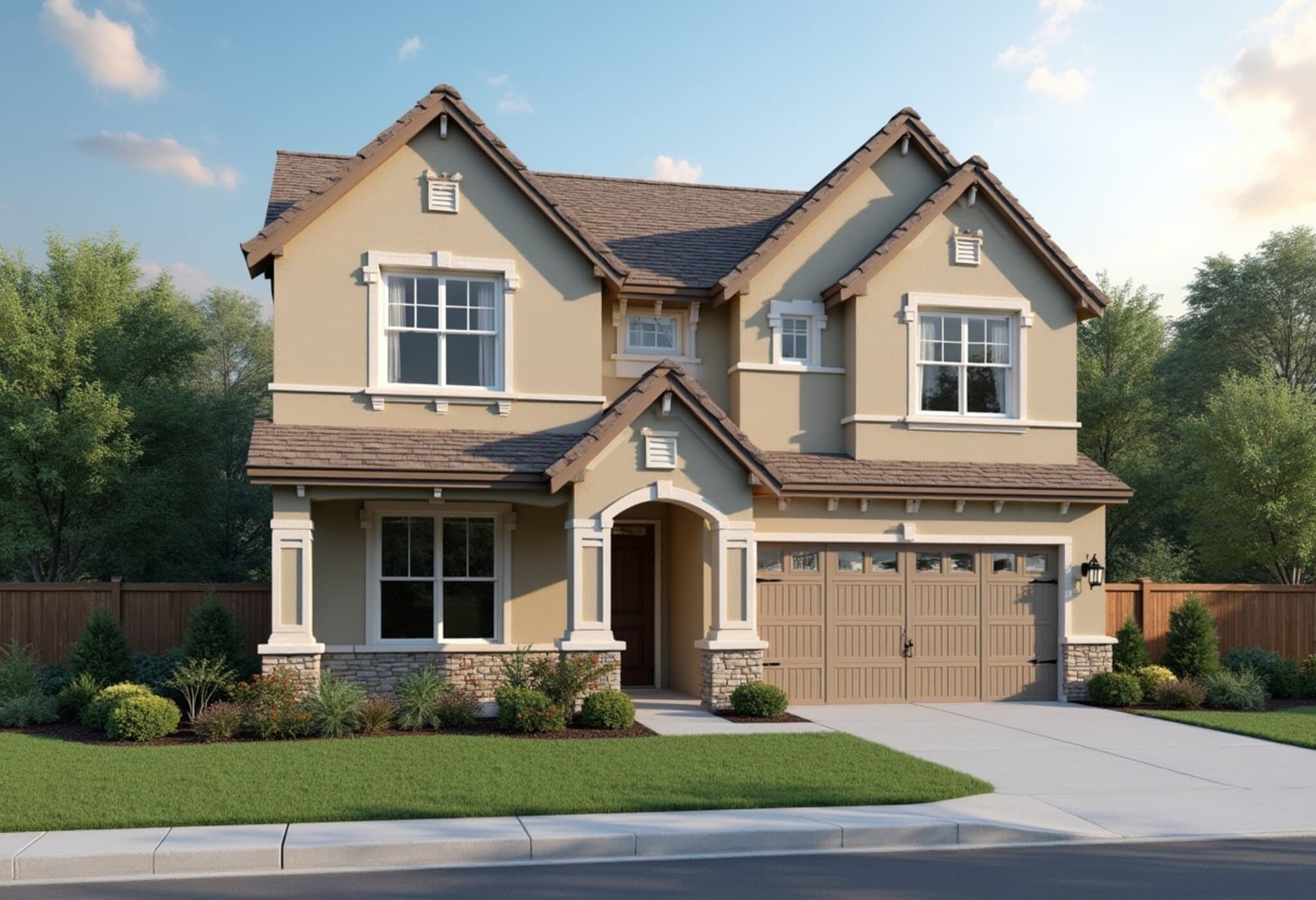Mortgage Rates Drop Sparks Renewed Homebuyer Interest
After months of stagnation at elevated levels, mortgage interest rates have eased slightly, bringing a breath of fresh air to buyers and homeowners alike. The average contract interest rate on 30-year fixed mortgages with conforming balances (up to $806,500) fell to 6.77%, down from 6.79%, marking the lowest point in three months. This subtle yet impactful shift injected new momentum into a somewhat subdued housing market.
Mortgage Applications Surge Amid Falling Rates
The Mortgage Bankers Association’s seasonally adjusted index revealed a striking 9.4% jump in overall mortgage application volume during the week ending shortly after the July Fourth holiday. Both refinance and purchase applications climbed by 9% compared to the previous week, reflecting renewed eagerness among homeowners and prospective buyers.
- Refinance applications soared 56% year-over-year, signaling many are now seizing the opportunity to lock in better terms after a prolonged period of rate fatigue.
- Purchase loan applications increased 25% compared to the same week last year, suggesting cautious yet tangible strengthening in housing demand.
Market Fundamentals and Consumer Behavior
Joel Kan, MBA’s vice president and deputy chief economist, highlights that this uptick is fueled not only by rate relief but also by increasing housing inventory and a moderation in home-price growth. The average loan size for purchase applications dropped to $432,600, its lowest since January 2025, hinting at more affordable housing options entering the market or shifting buyer priorities.
Despite the encouraging data, the market retains its complexity. Historically, mortgage applications correlate closely with actual home sales; however, this relationship appears strained. High contract cancellation rates and sluggish pending sales suggest buyers are still navigating uncertainties, possibly influenced by mixed consumer sentiment and economic factors.
Interest Rates: A Temporary Trough?
Mortgage rates started climbing again soon after the holiday, with data from Mortgage News Daily indicating an upward nudge this week. However, experts see the recent dip as part of a natural market fluctuation rather than the start of a sustained decline.
Matthew Graham, COO of Mortgage News Daily, notes, "Markets often see a counter-movement after prolonged trends. June’s downward trajectory took rates to their lowest since April, so a modest bounce was expected. Even with recent increases, rates remain relatively low by recent standards."
Implications for Buyers and the Housing Market
The interplay between mortgage rates, housing affordability, and buyer confidence is more critical than ever. For American households, these nuances shape the ability to secure homeownership or refinance to reduce monthly payments. The recent dip offers a window for potential savings, but volatility remains a challenge.
Policy analysts watch these shifts closely, as sustained improvements in affordability could ease market pressures and help drive economic growth. Conversely, if rates continue to rise, it may cool demand further, prolonging housing market uncertainties.
Editor’s Note
This latest dance of mortgage rates and borrower responses underscores a housing market in flux — eager for stability yet wary of the broader economic landscape. While the modest rate dip encouraged a burst of activity, prospective buyers should stay informed, as market conditions can shift rapidly. For policymakers and industry stakeholders, fostering transparent communication and supportive policies will be vital to maintaining momentum in housing affordability and access.



















